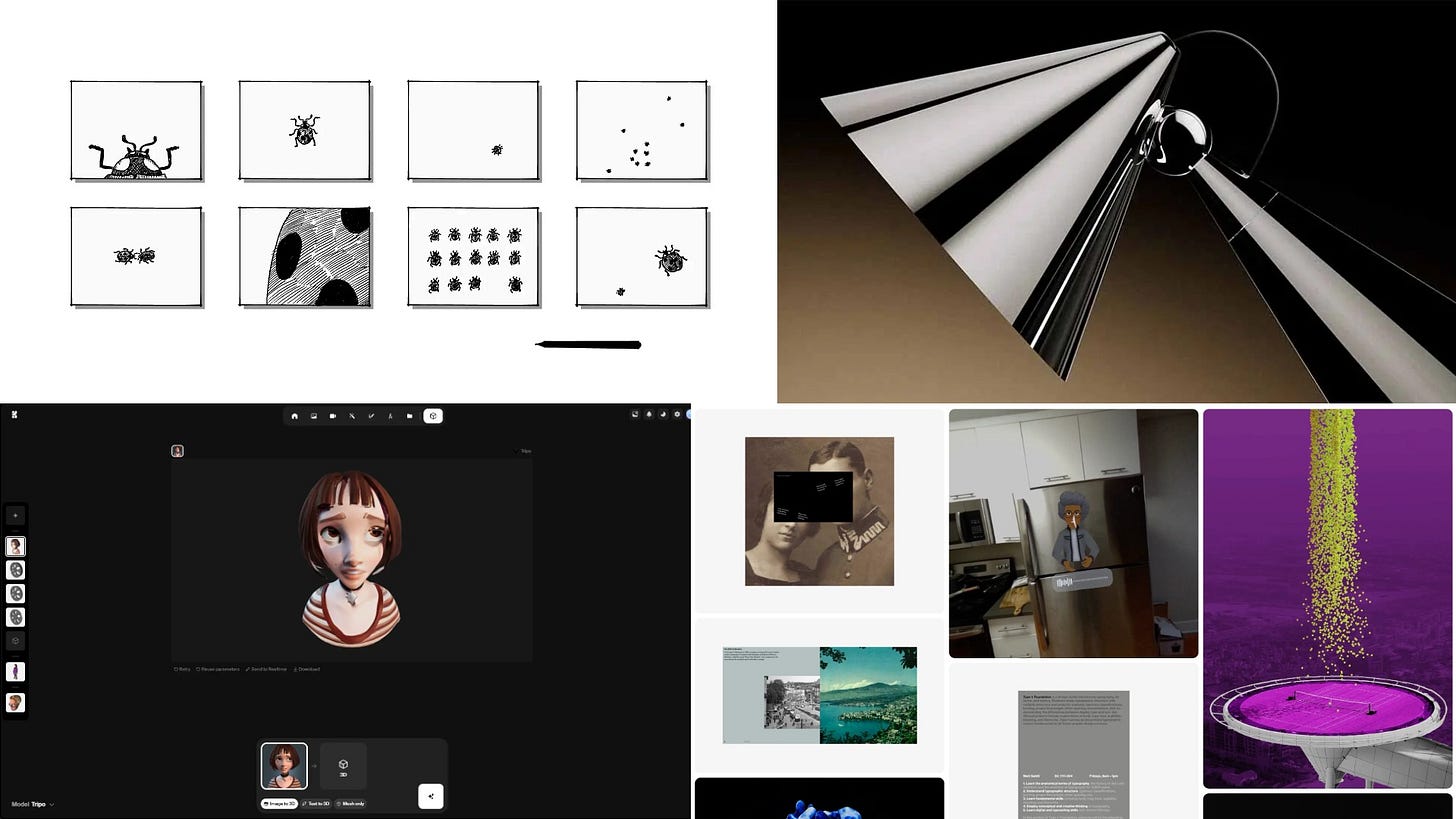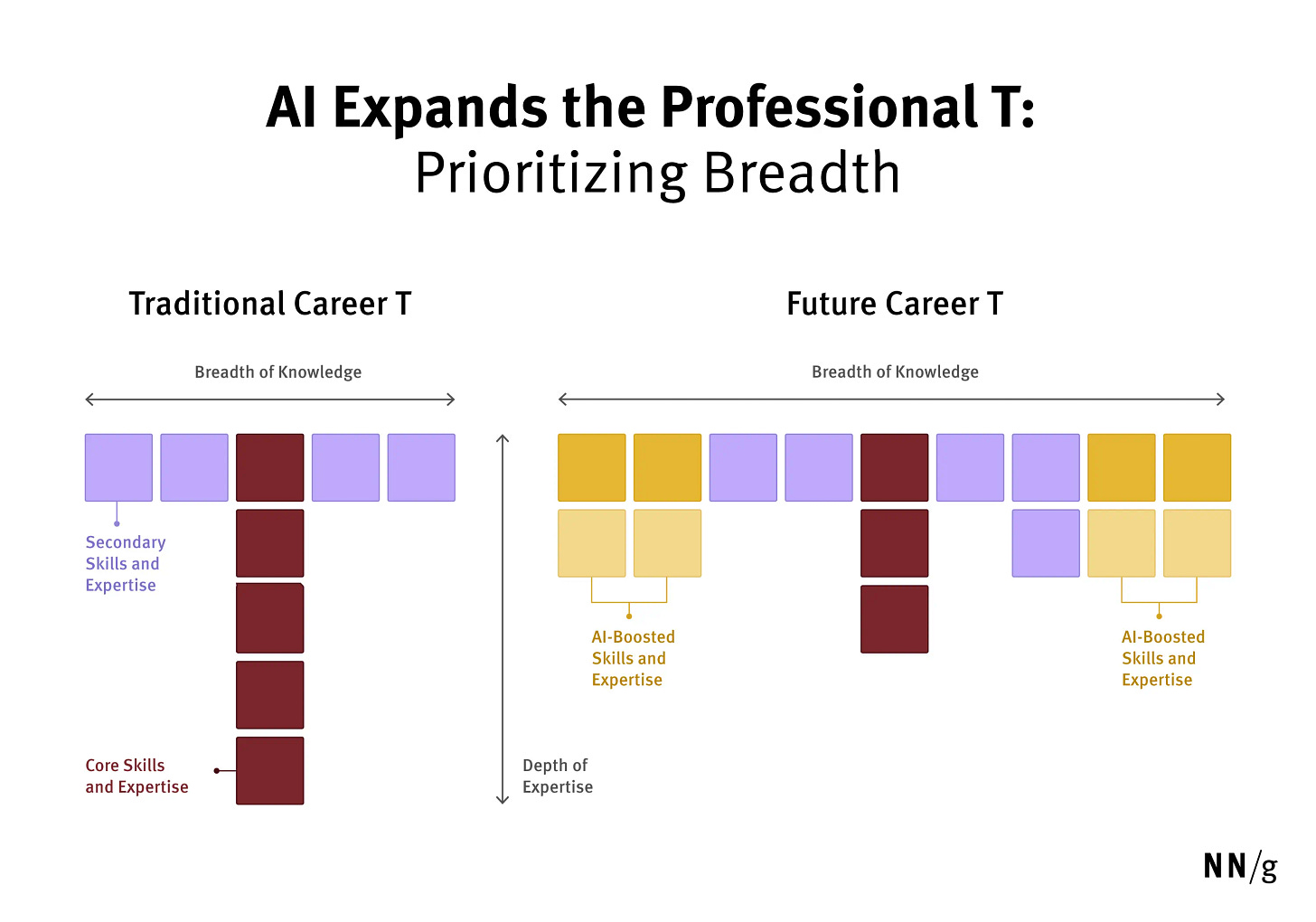Issue 144
Vibe marketing agents
Hello, dear readers! 👋
In this issue, among other things:
AI capabilities in branding creation
Why it's important to make AI assistants invisible
How AI made UX Generalists in demand
How to choose heuristics that are suitable for your project and situation
Why do the human brain and LLM think the same way
…and much more!
Enjoy reading!
🗞 News and articles
The Return of the UX Generalist
NNGroup explained why, due to the ubiquity of AI automation, the value of universal UX specialists is increasing again and what skills UX designers should focus on today.
Main thoughts:
AI tools perform technical tasks best. Therefore, the value of UX specialists will shift towards strategic thinking and leadership.
Today, generalists can independently perform tasks that previously required collaboration with several experts in different fields.
Instead of employing specialized specialists, companies will increasingly hire one station wagon. This allows you to save a lot without losing quality, and this is already happening in large companies.
A universal UX specialist should not only have skills in different disciplines, but also be able to analyze the problem in such a way as to apply them competently and on time.
Today, they value: broad knowledge of UX disciplines, a systematic understanding of UX processes, the ability to combine several approaches and strategic thinking skills.
Those who joined the profession recently, most likely, developed as narrow specialists. Such people will have to make extra efforts to become generalists.
AI is reshaping UI — have you noticed the biggest change yet?
Tia Clement wrote about how the development of AI has shaped a new paradigm for using interfaces and how designers should take this into account when creating digital products.
She recalled that thanks to AI, you no longer need to manipulate objects in the system yourself, but just explain to her what result you need to get. Now AI is taking over the "manipulation", and this is a fundamental shift in the evolution of interfaces.
Nevertheless, the user's manipulations will remain, but in the form of formulating their goals for AI. In this interface usage paradigm, designers should make the experience as simple and seamless as possible.
How I use generative AI in branding
Using a personal example, Charlota Blunarova explained what opportunities generative AI gives designers when creating branding. She explained which neural networks she uses, how they affect processes, and what principles she adheres to in order not to violate the rights of artists.
Charlota also shared examples of her generations for personal and commercial projects and gave brief explanations.







